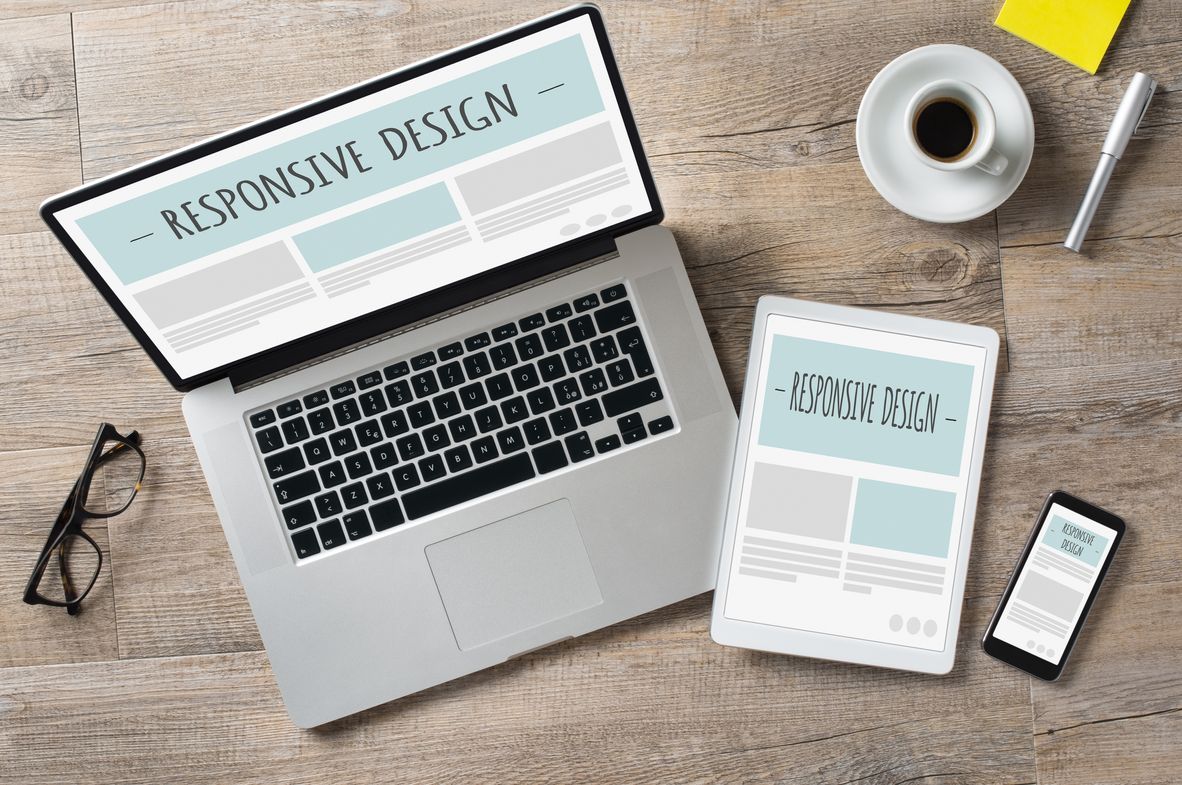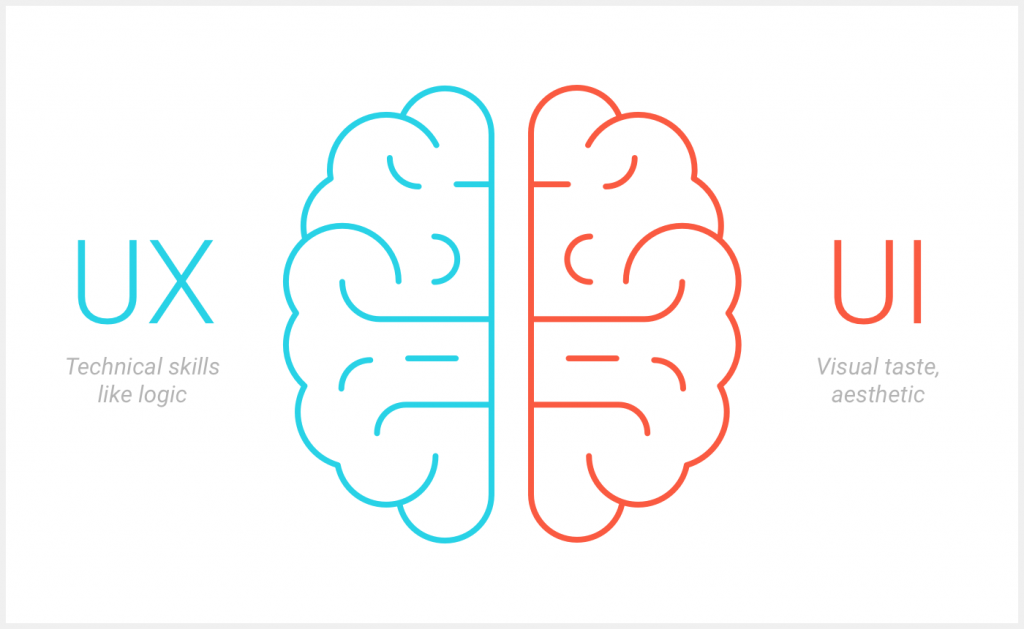Responsive web design (RWD) is a methodology for designing websites that are optimized for devices and screens that vary in size and resolution. RWD is designed to make a website look good and function properly on all devices, from desktop computers and laptops to smartphones and tablets. RWD is based on the theory that a website should be designed to be viewed on any device, regardless of its size or resolution.
Why Is It Important?
The importance of responsive web design is it makes websites look good and function properly on all devices, from desktop computers and laptops to smartphones and tablets. This makes it easier for people to access information and resources online, regardless of where they are and what device they are using. Nowadays, this is also a ranking factor for Search Engine Optimization so you need to consider this for your digital marketing efforts.
How Does It Work?
It is a design approach that uses different designs for different devices so that the website looks good and functions properly on all of them. This can involve making different elements of the website—like images and fonts—responsive so they will change size automatically to fit any device. Responsive web design also involves designing the layout of the website so that it can be viewed on devices with low-resolution screens, like smartphones and tablets, in a way that looks good and preserves the content.
What Are the Benefits of Responsive Web Design?
There are many benefits of responsive web design. These include:
1. Increased Engagement
Websites that are designed responsively tend to be more engaging and interactive, which can lead to higher user engagement and loyalty. This is because they look good and are easy to use on a variety of devices, which makes it easier for people to find information and stay on the website.
2. Increased Traffic
Responsive web design can also lead to increased traffic to your website. This is because people will be more likely to visit your website if it looks good and functions properly on all devices. In addition, responsive web design can help you attract top search engine ranking positions, which is important for online visibility and marketing efforts to increase the chances of a lead turning into a sales.
3. Reduced Costs
Responsive web design can also reduce costs associated with website development. This is because it can reduce the need for additional design or development resources or for modifications to existing websites. In addition, responsive design can make it easier to customize your website for different user groups or regions, which can save you time and money.
Conclusion
Responsive web design is a great way to create a website that looks great on any device. It’s easy to use and can help you reach a wider audience. You should consider this when building a website to increase conversions that will exponentially make you more money.

